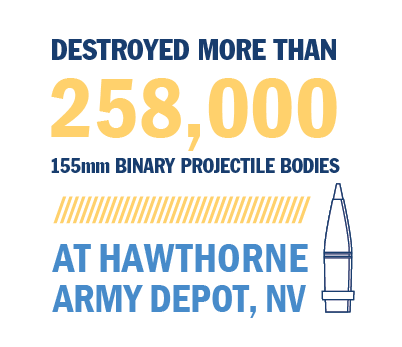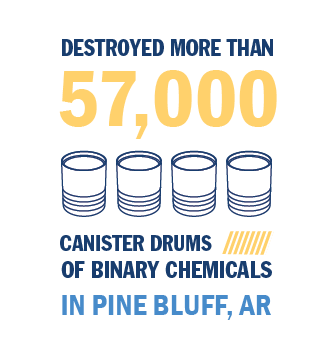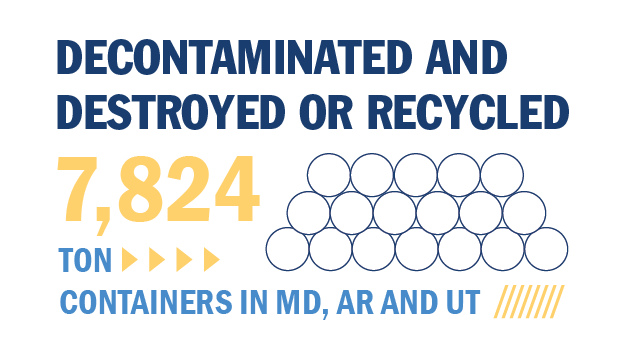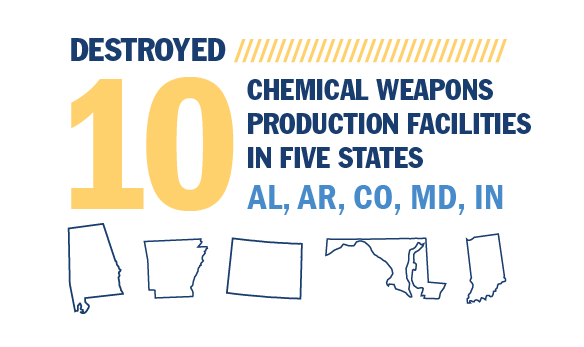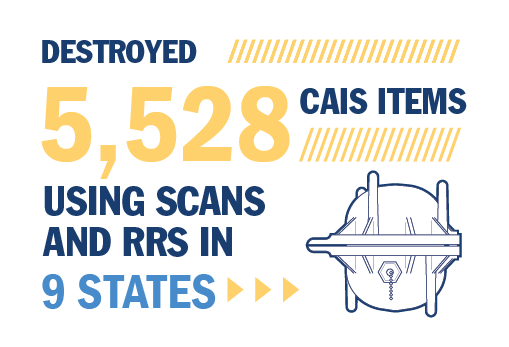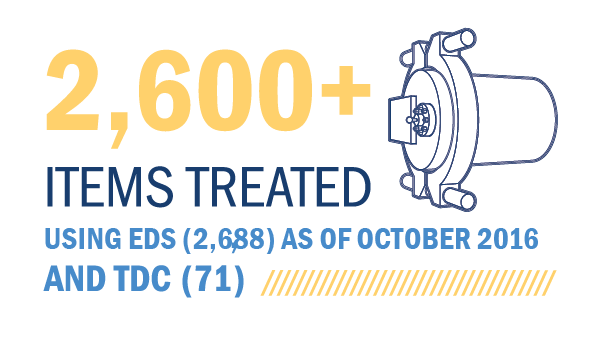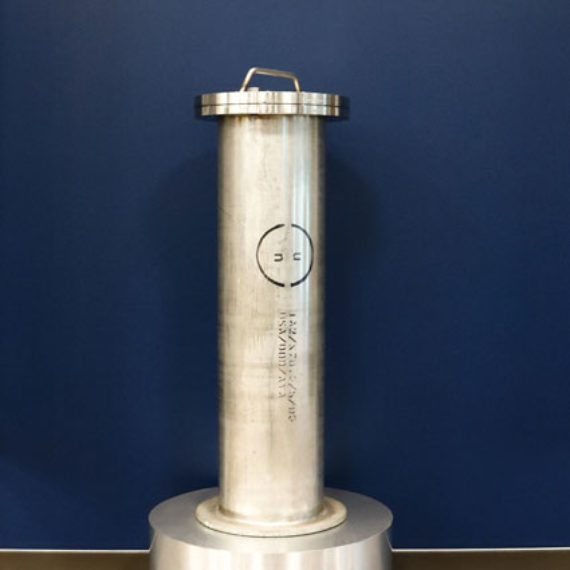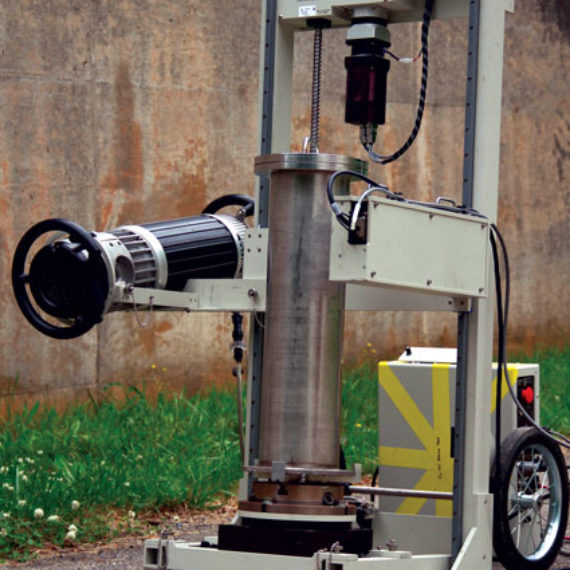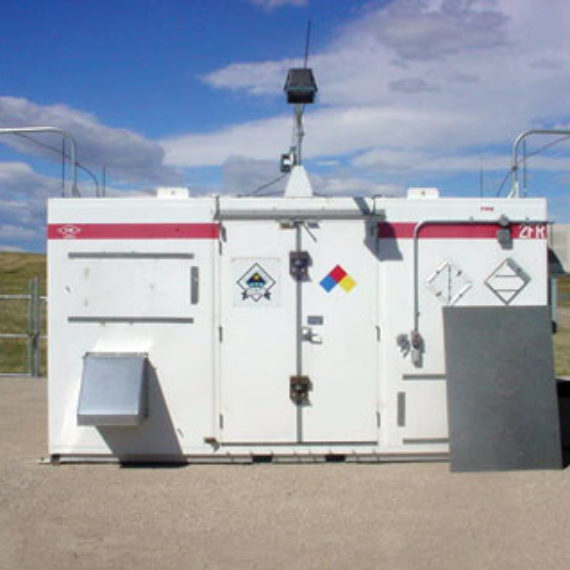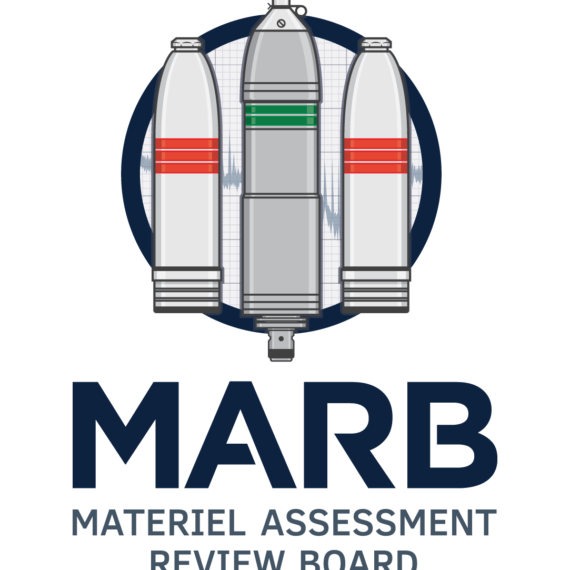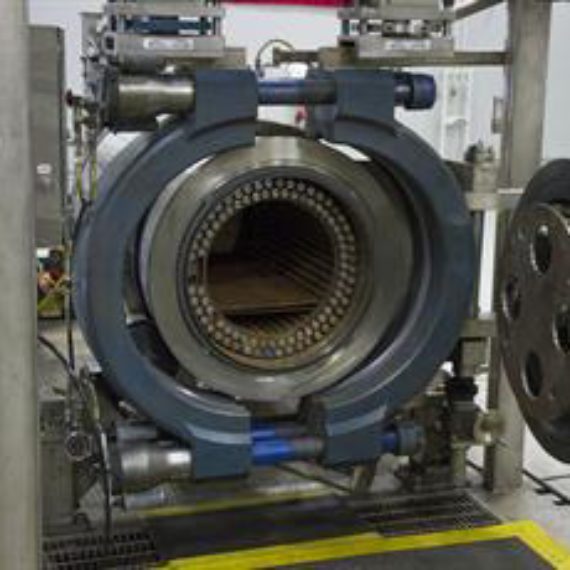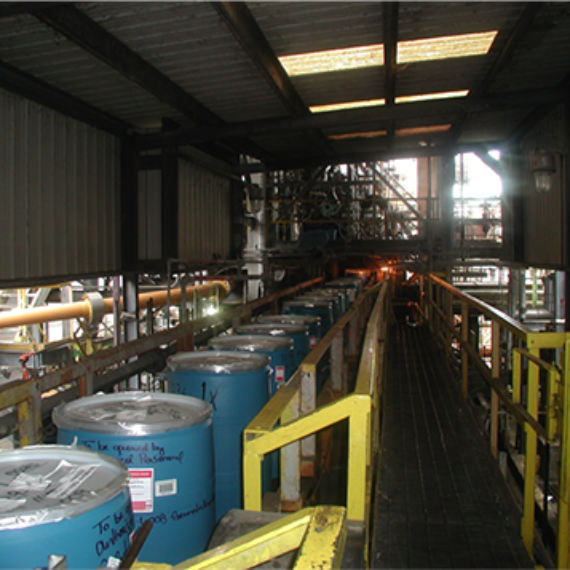The U.S. Army Chemical Materials Activity (CMA) Recovered Chemical Materiel Directorate (RCMD) provides centralized management and direction to the Department of Defense for the assessment and disposal of recovered chemical warfare materiel (RCWM) in a safe and environmentally compliant manner.
RCMD leads the nation in the development and utilization of advanced technology to destroy RCWM. In 1997, the United States entered into force of the Chemical Weapons Convention (CWC), an international treaty requiring the destruction of chemical weapons.
In support of the CWC, RCMD maintains technology and personnel expertise to continue to destroy RCWM around the country.


